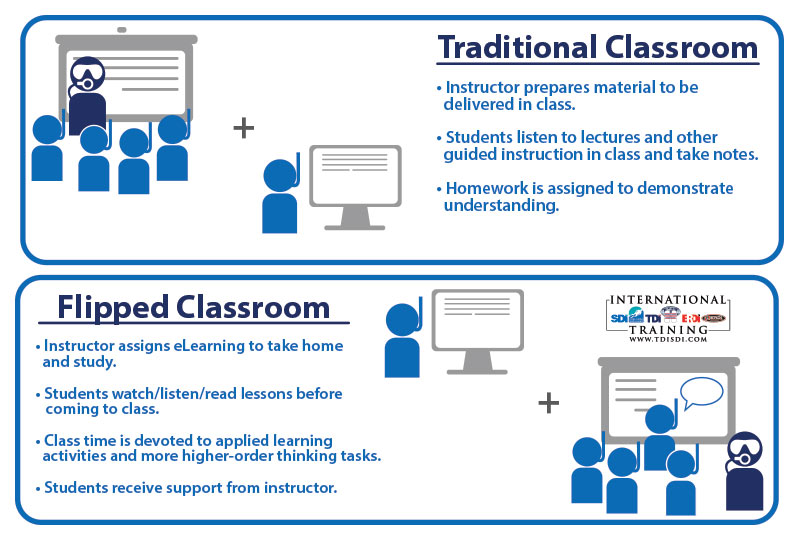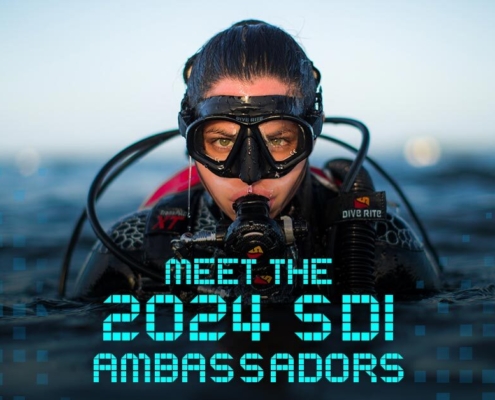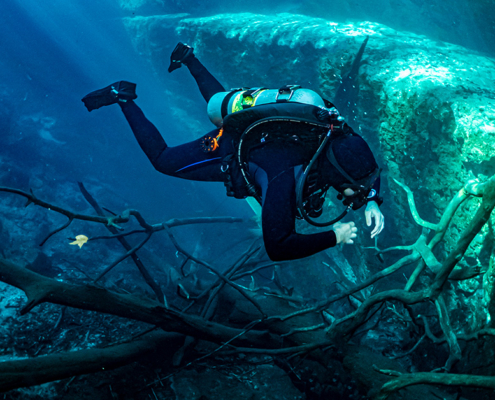How eLearning Is Failing the Diving Industry and What We Can Do to Fix It.
by Brian Carney, President of SDI/TDI/ERDI:
“The Trend to encourage online and resort-based training could be hurting industry sales significantly.”
“Today, it’s estimated that about 46% of college students are taking at least one course online. However, by 2019, roughly half of all college classes will be eLearning-based”
“About 4.3 million undergraduate students, or 20% of all undergraduates, took at least one distance education course in 2007-2008”.
“Most (59%) of Respondents prefer classroom based learning.”
See Brian Carney’s webinar presentation here:
See Brian Carney’s live presentation here:
Simply put, elearning is not going away; it will become an even bigger part of everyday education. What do we need to do to make it succeed?
In July of 2015, Mark Young from Dive Center Business came to visit me at our headquarters. His reason for this trip, other than the usual discussions we have over the years, was to give me the heads up on a series of articles he was publishing based on data he had compiled from dive centers. The focus of these articles was how elearning is contributing to the decline of the dive industry. My response of, “You’re right”, was not the one he expected. How can the president of one of the largest training organizations in the world, one with 20+ elearning courses in multiple languages, say this? Because, in the past SDI had made mistakes in the way we promoted elearning to our members, and on how to use it. However, SDI realized these mistakes and changed the way we educated our members about how to use elearning; but many in the industry continue to make these same mistakes. Dive Center Business’s spotlight on this issue needs to serve as a way to wake up the industry and change how we utilize elearning.
In order to correct the direction the industry is going, we need to understand how we got here.
As an industry, the concept of Self-Study has been around for a long time. First, with take home study programs, or plug in and play training videos in the 80’s, then CD Rom’s in the 90’s, and finally with the prolific number of elearning courses we see in the industry today.
Scuba Diving International’s advantage with how our elearning programs are produced and operate comes from the fact that SDI has been using this technology since 2001 when we launched our first Open Water course online. Our advantage is time. And having made a few mistakes in the past with how we promote it; over that time we learned what we needed to change. Initially we started with the following promotional ideas, which some organizations still use today.
“E-learning shortens classroom time because the student completed their academics online”
“Elearning replaces the classroom”
“You can fast track them to the pool, where the real learning is done.”
What we learned is that elearning is not the problem; the problem was in how we promoted the reasons for using it, and how we define a “Classroom”.
The first solution to the first problem is pretty simple, stop using it as a time reducer and use it for its intended purpose: to allow the instructor more time to spend with the student on issues or skills they have an interest in or are struggling with.
The second is to understand how we define “Classroom” and change it. Classroom is defined differently depending on age demographic as much of the older generation sees a classroom as a place with a chalk board, or dry erase board, with a series of desks placed throughout a room where a teacher can stand in the front and lecture. This is now considered the “Traditional Classroom”. While others in the younger generation will define a classroom as any place where a teacher is giving information where learning can occur, i.e. on a computer screen, on the beach doing a briefing, and even underwater.
What SDI/TDI/ERDI learned is: in order for elearning to work, we needed to embrace the concept of a Flipped Classroom.
As the chart above shows, students should have the elearning course done prior to coming to the first “classroom” session so that they have a basic understanding of what they will be doing before the first class even begins.
Dive industry professionals need to embrace this concept and change their classrooms. Here are a few ways this can be accomplished.
- First and foremost, assign the work prior to a student’s first class session. Probably during the initial sign-up phase of the course.
Then when they come in for their first class session, change the method of delivering the information. Here are some ways to do this:
- Put a circle of chairs in the middle of the store to go over what items the students struggled with, and to review key concepts.
- Stand at the repair counter and go over how a regulator works. Go to the compressor room to learn how cylinders should be handled and why.
- Spend time at the counter going over environmental considerations when diving, i.e. the need for proper buoyancy.
- Visit the boat in the back of the store to learn boat diving techniques
- Spend more time at the quarry.
- Do a slide show on things divers see underwater.
The intent of following these guidelines is two-fold. One, the student is more prepared when they first come in. Two, when they arrive they are not limited to a traditional classroom for their course. The benefits seen by many SDI Instructors as a result of employing these techniques are: not only is the student more ready to learn, but they are also more engaged in the course.
An additional point to deliberate is that many will say their students don’t bother doing course work prior to the start of the class. Through SDI’s research over the years, this is definitely true of students using books, or other take-home type study programs, but not true with elearning. For some reason students who are taking elearning courses generally have the entire course done prior to the start of the class, even if the instructor doesn’t tell them they must.
Finally, it is important to remember elearning was created by SDI many years ago to allow the instructor more freedom to teach more, not reduce the amount of time instructing the student. Remember that the next time you teach a course. If being used properly as an education tool, elearning will allow the instructor more time to develop the relationships and skills needed to grow our sport.
What we are doing about it
We are taking measures to make eLearning a more resourceful and better learning experience for diving. Check out what we doing now with Live Chat with an Instructor during your eLearning Course












Tinggalkan balasan
Ingin bergabung dalam diskusi?Silahkan berkontribusi!